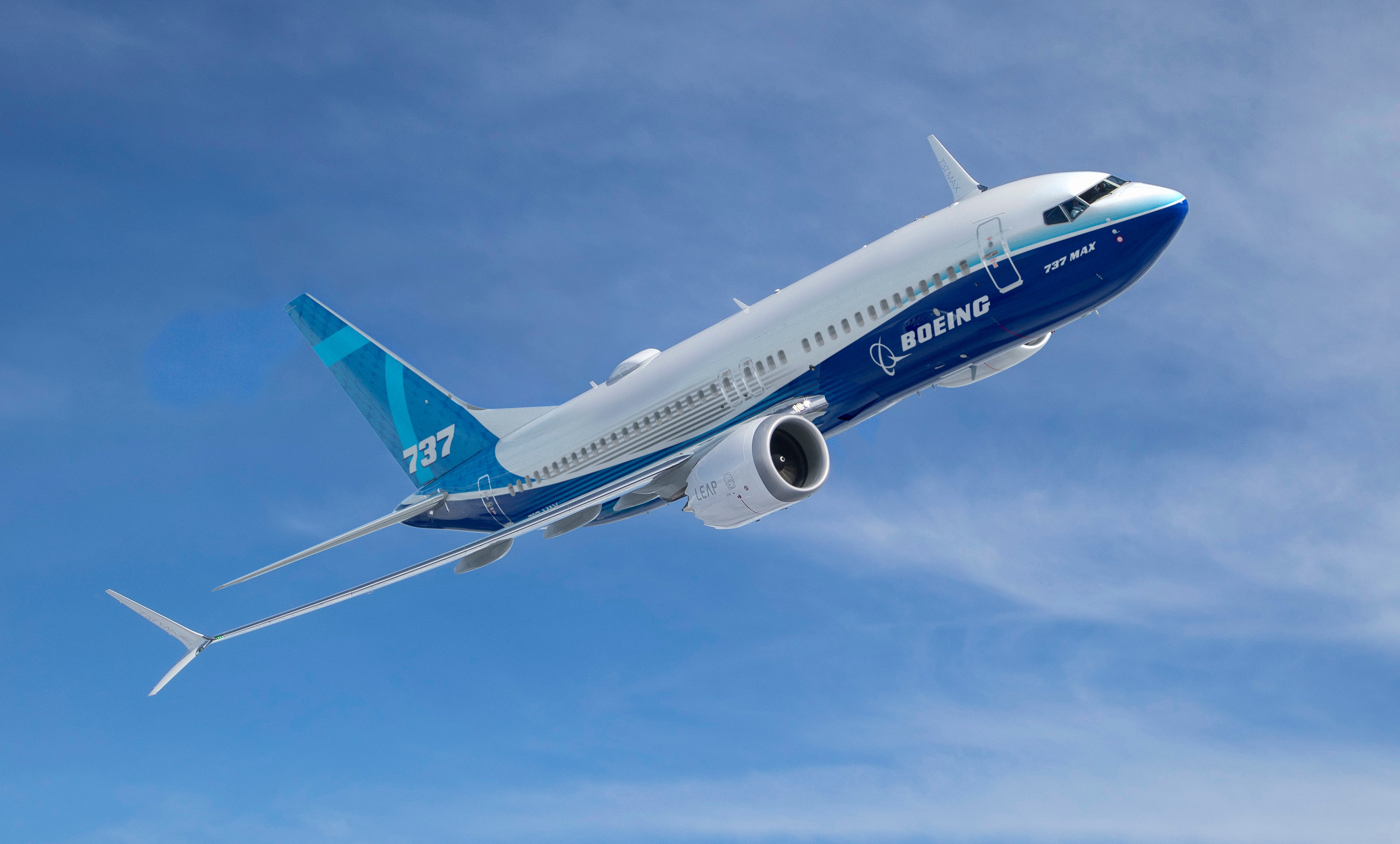It's been a busy year for anyone who counts Russia as its neighbor.

Finnish naval forces dropped depth charges on a (suspected) Russian submarine off its coast in April. Historical image source: Wikimedia Commons.
Ever since Vladimir Putin began his Great Ukrainian Adventure last year, the cycle of reaction, counter-reaction, and counter-counter-reaction has raised tensions in the North Atlantic. In the skies above Europe, Russian combat aircraft repeatedly probe NATO air defenses. In the waters below, unidentified submarines -- presumed to be Russian -- keep popping up off the shores of Sweden, Finland, and beyond.
This is proving a troubling trend in England, which retired its last sub-hunting Nimrod aircraft five years ago, and has yet to name a replacement. With near-zero sub-hunting capability today, the same Britannia that once "ruled the waves" is now blind to what's going on beneath them.
Anybody want to build a sub-hunter?
One thing Britain is not blind to is the danger. And so earlier this year, the UK Ministry of Defence began casting about for a plane to replace its defunct Nimrods. Initially -- and currently -- the obvious choice was to buy P-8A Poseidon aircraft from Boeing (BA +0.01%). America uses the Poseidon. India and Australia, too. Japan is preparing to buy the birds to keep watch on its Chinese and North Korean neighbors.

Boeing's P-8A Maritime Patrol Aircraft -- the world's preeminent sub-hunter. Image source: Boeing.
Odds are, the Poseidon would make for a fine choice for Britain, as well. But at the same time, cautionary voices are urging the UK to take at least a passing glance at alternative options. Here are a few of those... along with their likely costs:

Lockheed Martin's HC-130J Hercules is tailor-made for maritime surveillance. Image source: Lockheed Martin.
Lockheed Martin C-130J Hercules
Lockheed Martin's (NYSE: LMT) C-130J Hercules is hands-down the most popular military aircraft in the world that is not a fighter jet. Lockheed has proposed modifying some of Britain's existing fleet of C-130s, or building it a handful of new aircraft tailor-made for anti-submarine warfare.
Precisely how much that would cost depends on which option the UK prefers. C-130s modified for use in a gunship role (AC-130s) cost only about $77 million apiece, according to data from the military aeropsace experts at BGA-Aeroweb. That's less than half the cost of a Boeing P-8A Poseidon, and could make the C-130 a strong contender for this contract. And Lockheed Martin used to build the U.S. Navy's preceding sub-hunter, the P-3C Orion, which Boeing's Poseidon is replacing -- so we know that Lockheed knows how to build sub-hunters.

Airbus' C-295 Persuader doesn't rely on just persuasion to make hostile subs go away. Image source: Airbus Defense & Space.
Airbus C-295 Persuader
Another rival likely to try to undercut Boeing on price is local European airplane builder Airbus (EADSY 0.45%). Airbus has struggled to earn profits in military aerospace lately, and will almost certainly bid for Britain's sub-hunting contract if allowed to.
It's also admirably placed to undercut both Boeing and Lockheed Martin on price. In a sale to the Filipino military last year, Airbus let three C-295 Persuader maritime patrol aircraft go for the bargain-basement price of less than $40 million apiece. So if Lockheed's airplane costs half what Boeing's costs... then Airbus costs about half of Lockheed's price!
Northrop Grumman's MQ-4C Triton UAV is a high eye in the sky -- hunting for subs. Image source: Northrop Grumman.
Drones from Northrop
Various sources suggest that rivals such as L-3 Communications, Saab, and even Japan's Kawasaki might seek to bid in the British sub-hunting deal. But for my money, one company that's got a better chance than any of those is defense heavyweight Northrop Grumman (NYSE: NOC). If Northrop Grumman decides to bid, however, it's likely to take a novel approach: Rather than offer to sell Britain a manned sub-hunting aircraft, Northrop Grumman will probably play to its strengths in the drone industry, and offer an unmanned aircraft such as its new MQ-4C Triton maritime surveillance drone.
For a true bargain hunter, it's hard to beat the Triton. While it's still in development, and its price uncertain, a single Triton could cost less than $20 million -- so once again, half the cost of the next cheapest plane, Airbus' C-295.
Time to crunch the numbers
That pretty much rounds up the usual suspects who might bid on this contract. As for how much each might make on a deal to rebuild Britain's sub-hunting capability, well... five years ago, as it was waving goodbye to its final MR2 Nimrod, Britain said it needed about 21 new planes to replace them.
BGA-Aeroweb puts the 2015 "flyaway cost" of a fully functional Boeing P-8A Poseidon at $171.6 million.Twenty-one times $171.6 million equals $3.6 billion, and so that's probably the ceiling value on this contract. (But not necessarily. Last year, Australia inked a contract to buy just eight Poseidons for $3.6 billion. At that valuation, a deal for 21 of Boeing's big birds could cost the UK as much as $9.45 billion.)
Working toward the lower end of the scale, though, and starting with BGA's $171.6 million estimate for a Poseidon, you can roughly estimate that a deal for 21 of Lockheed's C-130s would cost half of a Poseidon deal -- $1.8 billion. C-295s would cost half that -- $900 million. And taking Northrop's drone option could halve the cost yet again -- just $450 million.
Any way you slice it, this is a big amount of money we're looking at. The only question now is: Just how big it will get? As soon as we know more, you'll know more.

BAE's Nimrod sub-hunter -- now a museum piece in Yorkshire. Image source: Craig Sunter via Wikimedia Commons.







